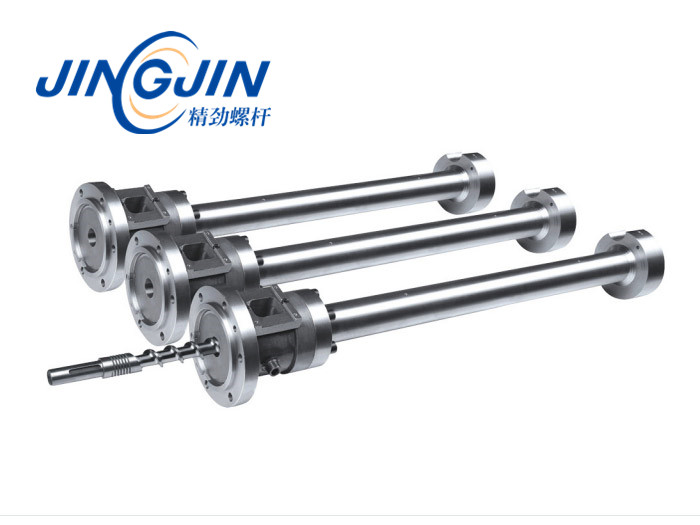What are the differences between parallel and conical t […]
What are the differences between parallel and conical twin screw extruders?
Classification of twin screw extruders
According to the direction of rotation of the twin screw, the extruder can be divided into two types of extruders, co-rotating and counter-rotating. The co-rotating extruder means that the rotation direction of the two screws is the same when working, and the counter-rotating extruder refers to two screws. The direction of rotation is opposite when working.
According to whether the axis line of the twin screw is parallel or not, it can be divided into two types of extruders, the axis line is parallel and the axis line intersects. The axis line parallel to the twin screw extruder, the axis line intersects the cone -Shaped twin screw extruder.
Twin screw extruders are also divided into intermeshing and non-intermeshing.

Parallel and the conical twin-screw extruder have the same thing: it has a conveying mechanism that forces the plastic forward, good mixing and plasticizing ability and dewatering ability, and basically the same adaptability to the material and plastic product molding process.
The difference between parallel and conical twin screw extruder
1. Diameter: The diameter of the parallel twin screw is the same, and the diameter of the small end of the conical twin screw is different from the diameter of the large end.
2. Concentric distance: The center distance of the flat twin screw is the same, the two axes of the conical twin screw are at an angle, and the size of the center distance changes along the axis.
3. Length to diameter ratio: Parallel double screw (L/D) refers to the ratio of the effective part length of the screw to the outer circle of the screw, and conical twin screw (L/D) refers to the effective part length and the diameter of the large end of the screw. The ratio of the average of the end diameters.
https://www.jzjxc.cn/